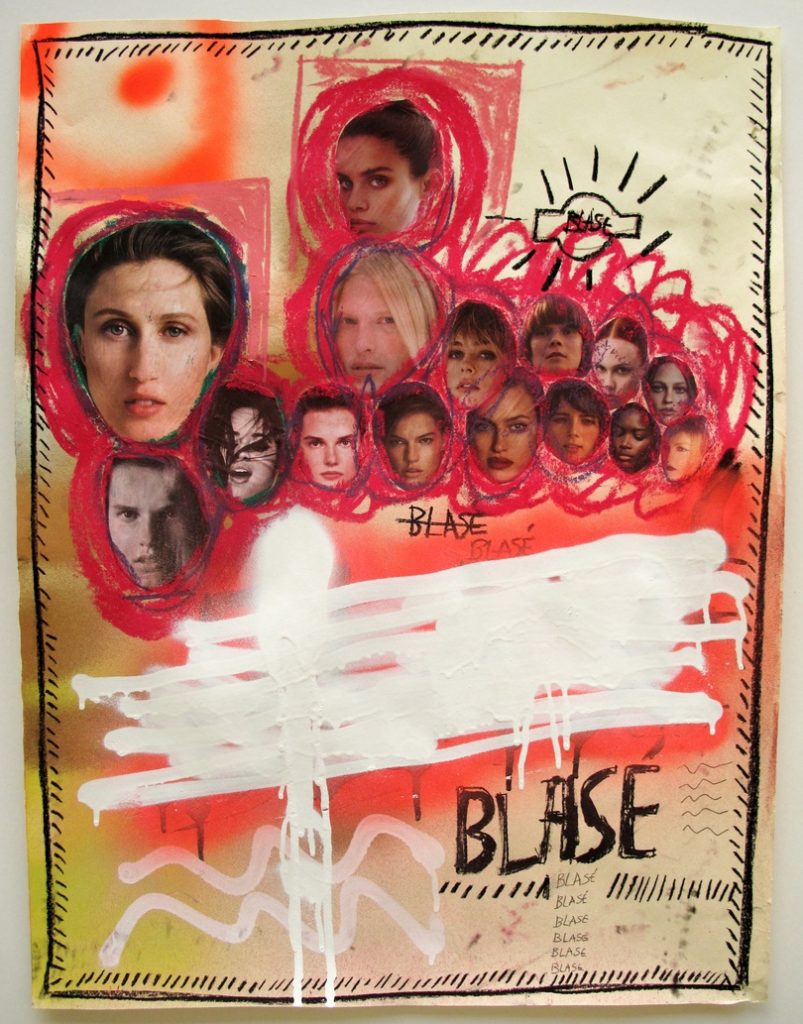Market
Every Artist on This Online Art-Selling Platform Makes a Profit From Each Sale—Even If Their Own Works Don’t Find Buyers
The creators of the new model say it's time for the art market to adapt to changing conditions.

The creators of the new model say it's time for the art market to adapt to changing conditions.

Sarah Cascone

If one artist makes a sale, many artist benefit.
That’s the unusual set-up of In the Age of Quarantine, a new art-selling platform devised by Snark.art, a Brooklyn-based art and technology studio, in response to the pandemic and ensuing to financial downturn.
The art industry standard is that an art gallery takes a 50 percent cut on sales. But Snark.Art takes just 10 percent, to cover development and hosting costs, while artists get 60 percent. The other artists on the platform share the remaining 30 percent of the proceeds, offering a more equitable, sustainable way for artists to do business, especially during this difficult moment.
“The last few months have shown us that we must find a way to change how our society functions,” Misha Libman, who cofounded Snark.art with Andy Alekhin, said in a statement. “The art community is not an exception.”
The platform largely caters to collectors with modest budgets, with most works on sale for less than $1,500, but a few outliers are priced at up to $33,000.

Rita GT, Blasé (2018/2019). Courtesy of Snark.art.
“What we found was that most of the established artists were very interested in the initiative as a way to support younger and emerging artists and empower an artists’ community,” Nadia Taiga, the project’s executive director, told Artnet News in an email. “Every established artist in his past was in the shoes of an emerging artist, and knows how frustrating it can be when you struggle.”
Unlike a traditional gallery, the company doesn’t hold inventory, and instead puts collectors in touch with artists directly to arrange the delivery of artworks.
“This is what allows us to take a very minimal portion of proceeds, while allowing the rest to be shared by the artist community,” Taiga said.
The platform launched in June with artists including Eve Sussman, Kendell Geers, and Ilya and Emilia Kabakov.

Marlon Portales, Ca-130 (2017). Photo courtesy of Snark.Art.
Starting out with 30 artworks from 20 artists, the platform has grown over the last month to include 150 objects by 55 artists from 17 countries. New artists are added to the initiative by invitation from artists who are already participating.
Snark.Art has been building relationships with collectors for the past two years, working on digital projects and solo exhibitions, including collateral events for the Venice Biennale.
“Our collector base starts with younger, less traditional art participants, who are interested in exploring emerging, reasonably priced artists and discovering their works and stories,” Taiga said.
“Outside sources of income have dried up for many of our artists, many of whom are now relying on government assistance to get through the past and coming months,” Taiga added. Age of Quarantine aims “to help these artists find a way to sell their work, but also support one another during these difficult times.”